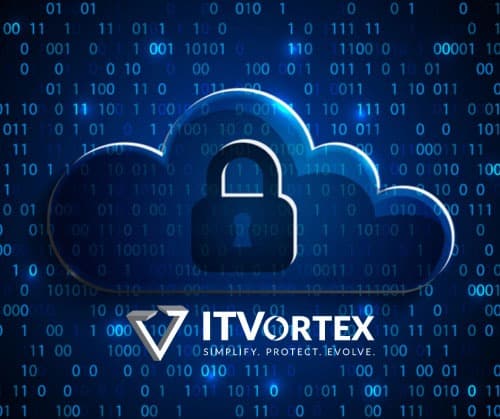The versatility and mobility of virtualization led many to invest in the technology. The ease of use that comes with a centralized place to virtual access all VMs and servers is too good to pass up. As the working world becomes increasingly mobile and more workers are spread out in several locations, virtual desktops help to keep workforces at full speed even when they’re running on different tracks.
More companies offer virtual systems because more companies and businesses see their value. Even small companies can find resources that help them to keep more info in cloud-hosted servers as opposed to investing money in traditional storage and computing hardware. Like any technology, however, some issues can arise in the use of virtualized systems. From common errors to concerns with security and connectivity, here are some of the troubles to look out for with virtual networks and how to address them.
Common Issues with Virtualized Systems (And Their Solutions)
A great place to start with trouble surrounding virtualized systems is one of the more overlooked elements to using any new technology – proper training. Then, we’ll discuss some of the technical and user-related issues that can easily be avoided with adequate preparation.
Training on the System
This is a less-technical issue than some that pop up with virtualized systems, but it does occur. In the early days of newly installing a virtual network for your business, it can be crucial to properly educate employees and staff who will use the virtual desktop on how to access information and manage the system.
It might sound like a no-brainer, but these can be daunting tools to introduce to workforces, primarily if employees are used to using something different. Training on the various devices that work with the virtual system is essential. Likewise, group training sessions might work well for most, but offer one-on-one meetings with employees needing a little extra help navigating the new system. Employee competency in virtualized systems is the key to ensuring Paramus companies can adapt to the new virtual world seamlessly.
Managing a Well-Run Virtual System
There are many perks to changing to a VM, but this does bring complicated consequences to your resource management. To properly run virtual systems, the capability of your devices will need to be up to snuff. This includes things like CPU, memory, bandwidth, and other specifications related to connecting seamlessly to a virtual desktop.
It’s an issue many runs into when adopting a VM system. Yes, virtualized systems save money in some areas, but they might also mean device upgrades, which can be costly. It’s not just computers and tablets either – your in-house internet and WiFi system may not be optimal for a virtual desktop. That could mean upgrades to equipment or bandwidth plans. Take a full look at what you have before adopting the virtual experience, so you know what to expect and prepare for an upgrade.
Server Failures Amplify Headaches
As you know, losing access to a server can be a massive drag on the day or week’s business. For many businesses in New Jersey and beyond, a server houses all devices in-house and their ability to complete tasks. With a virtualized system, a server failure can mean even more of a headache. An in-house server can often be looked at right away and only effects your business. Now, consider the size of some virtual servers that might help host multiple firms and offices.
If that server goes down, your mobile, virtual workspace is thwarted. It’s helpful to avoid this in any way you can by redistributing workloads to multiple virtual servers. This might mean talking with your cloud hosting provider about what options you have in terms of dividing workflows up between various spaces. In the case of a server failure, you can at least operate at a partial level rather than wait for a time-consuming reboot for the whole company.
Licensing Management on a VM
When using any software that you don’t own, it’s going to require you to have a license to that product. Many companies have licenses but don’t necessarily update their software often if they have older versions that work. In many cases, transitioning to a virtual desktop is going to mean an upgrade is necessary.
If you don’t keep up with your licensing now, it’s going to be crucial when using the latest cloud technology. Not to mention, software companies can lock you out of their products if you don’t use the latest systems by offering updates that don’t comply with older OS versions. This is a cost some don’t see coming when they start work on a virtualized system transition, so be aware ahead of any significant change.
Problems are Everywhere, but Virtual Systems are Still Worth It
Luckily, these problems associated with virtualized systems are still worth the work for what you get in return. VMs allow mobility for all employees, no matter where they are. It also means less worrying about whether or not you have access to something; with a VM, it’s all there with you wherever you go.
Knowing these problems shouldn’t deter you from running a virtual system for your business. Instead, recognize the issues and prepare to address them. Then, you can enjoy the flexibility and connectivity of technology and work smarter, not harder.
Contact The IT Vortex today with any of your Hosted Cloud and Virtualization Needs!

